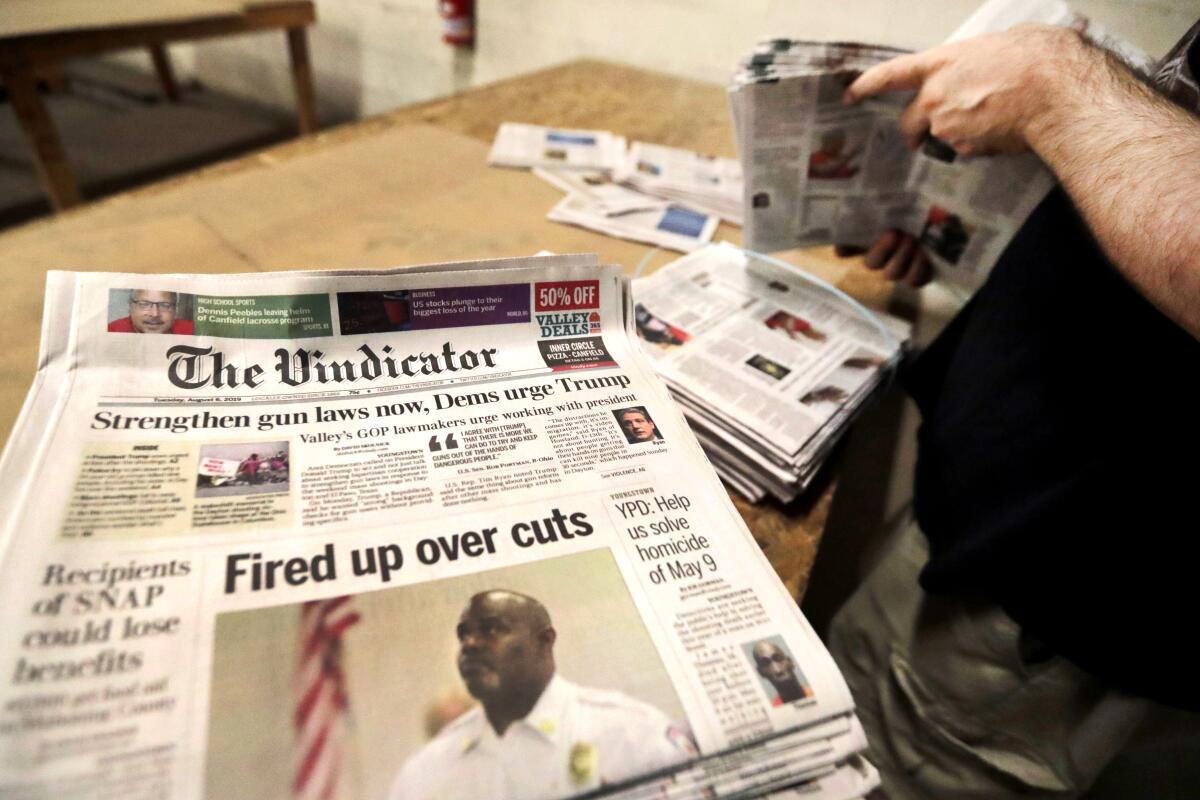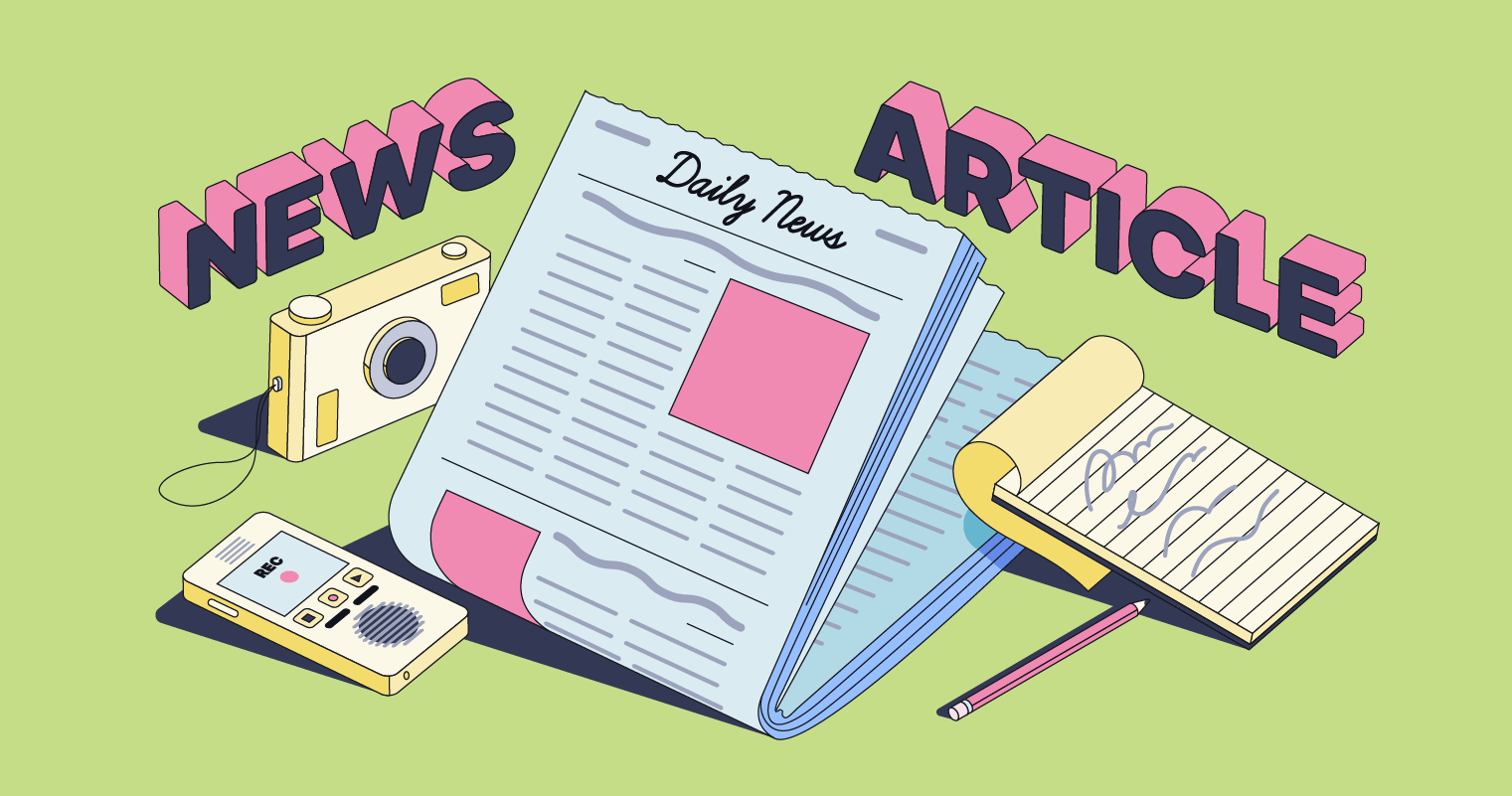The Definitive Guide for News Articles
The Definitive Guide for News Articles
Blog Article
Not known Facts About News Articles
Table of ContentsWhat Does News Articles Do?What Does News Articles Do?8 Easy Facts About News Articles ShownThe Definitive Guide for News ArticlesNews Articles for Beginners
Great knowledge of different topics provides trainees a competitive edge over their peers. Also though digital and social media sites are readily easily accessible, we must not forget just how vital it is to check out the newspapers. Parents need to attempt and instill the practice of reviewing a newspaper as an everyday routine to proceed the tradition of the adored print medium.Newspaper article additionally contain at the very least one of the adhering to essential attributes relative to the desired audience: proximity, prestige, timeliness, human interest, oddity, or effect. The related term journalese is sometimes made use of, generally pejoratively, to describe news-style writing. Another is headlinese. Papers typically stick to an expository writing design.
Within these restrictions, news stories also intend to be thorough. Among the bigger and much more revered newspapers, justness and equilibrium is a major element in presenting details.
Newspapers with a worldwide audience, for example, often tend to utilize a more formal style of composing. The specific options made by a news electrical outlet's editor or editorial board are commonly collected in a style overview; typical design guides consist of the and the United States Information Design Publication. The primary objectives of information writing can be summarized by the ABCs of journalism: precision, brevity, and clearness.
How News Articles can Save You Time, Stress, and Money.
Generally, reporters will certainly not make use of a long word when a brief one will do. They use subject-verb-object building and dazzling, energetic prose (see Grammar). They supply narratives, examples and allegories, and they rarely depend on generalizations or abstract concepts. News authors attempt to stay clear of using the same word greater than when in a paragraph (occasionally called an "resemble" or "word mirror").
Headlines occasionally omit the subject (e.g., "Leaps From Boat, Catches in Wheel") or verb (e.g., "Cat lady lucky"). A subhead (likewise subhed, sub-headline, subheading, subtitle, deck or dek) can be either a subservient title under the primary heading, or the heading of a subsection of the article. It is a heading that precedes the primary message, or a group of paragraphs of the primary message.

Extra billboards of any of these types may appear later on in the article (especially on succeeding pages) to attract additional analysis. Such billboards are likewise used as reminders to the article in other areas of the magazine or site, or as ads for the item in other magazine or websites. Common structure with title, lead paragraph (summary in vibrant), various other paragraphs (information) and contact details.

Instance of a hard-lead paragraph NASA is recommending one more room task. The budget demands approximately $10 billion for the project.
The NASA announcement came as the firm requested $10 billion of appropriations for the job. An check this site out "off-lead" is the 2nd crucial front page information of the day. The off-lead appears either in the leading left corner, or straight listed below the lead on the. To "bury the lead" is to start the short article with history details or information of additional value to the viewers, forcing them to check out even more deeply right into an article than they ought to have to in order to uncover the vital this post points.
News Articles for Beginners
Common use is that a person or more sentences each develop their own paragraph. Journalists usually explain the organization or structure of a newspaper article as an upside down pyramid. The crucial and most intriguing components of a story are placed at the beginning, with supporting information complying with in order of decreasing relevance.
It enables individuals to discover a subject to only the depth that their interest takes them, and without the imposition of details or subtleties that they might consider pointless, however still making that info available to more interested readers. The inverted pyramid framework likewise enables articles to be trimmed to any type of approximate size during layout, to suit the room readily available.
Some authors begin their stories with the "1-2-3 lead", yet there are lots of sort of lead available. This style inevitably starts with a "Five Ws" opening paragraph (as explained over), adhered to by an indirect quote that Home Page offers to support a major aspect of the very first paragraph, and afterwards a direct quote to support the indirect quote. [] A kicker can describe numerous things: The last tale in the information program; a "pleased" story to finish the program.
Longer write-ups, such as magazine cover posts and the pieces that lead the within sections of a paper, are known as. Feature tales differ from straight information in several means.
News Articles Fundamentals Explained
An attribute's first paragraphs often relate an appealing minute or occasion, as in an "unscientific lead". From the details of an individual or episode, its view swiftly expands to generalities about the story's subject.

The Editor's Toolbox: A Reference Overview for Beginners and Professionals (2001) Allan M. Siegal and William G. Connolly. The New York Times Guidebook of Style and Use: The Authorities Design Guide Used by the Writers and Editors of the World's A lot of Authoritative Paper (2002) M. L. Stein, Susan Paterno, and R.
Report this page